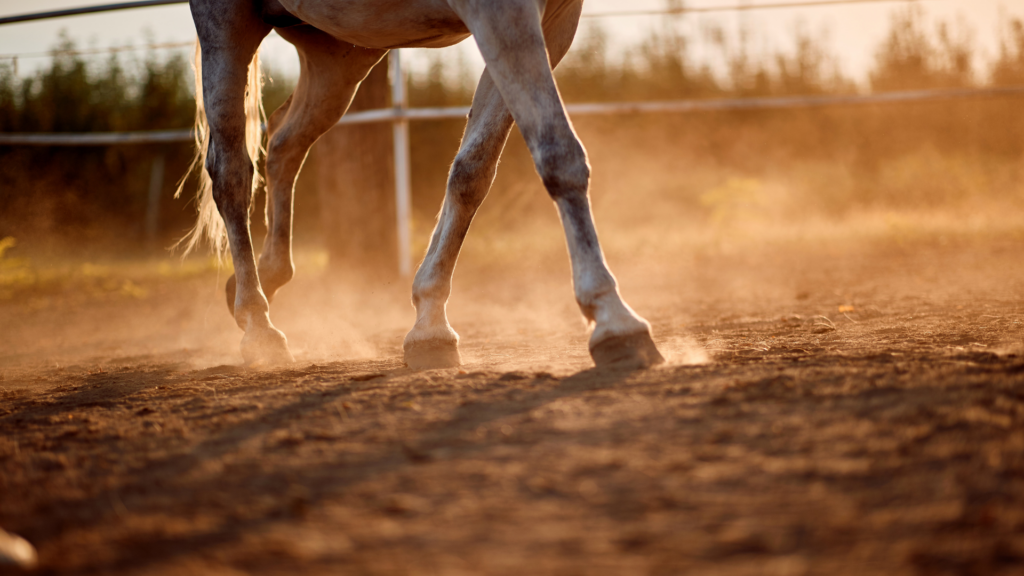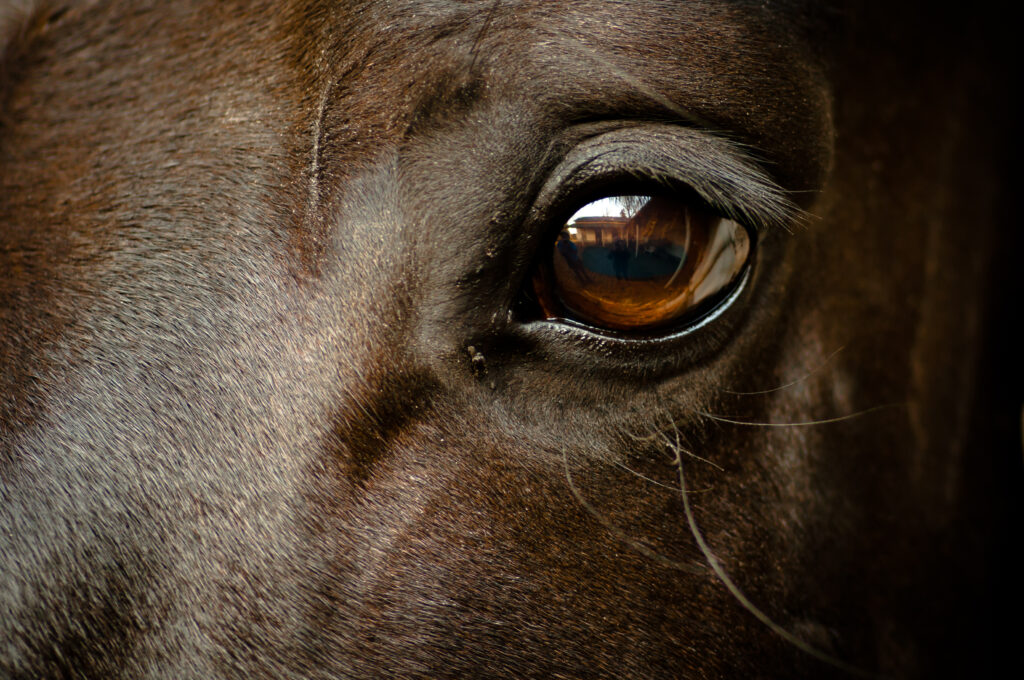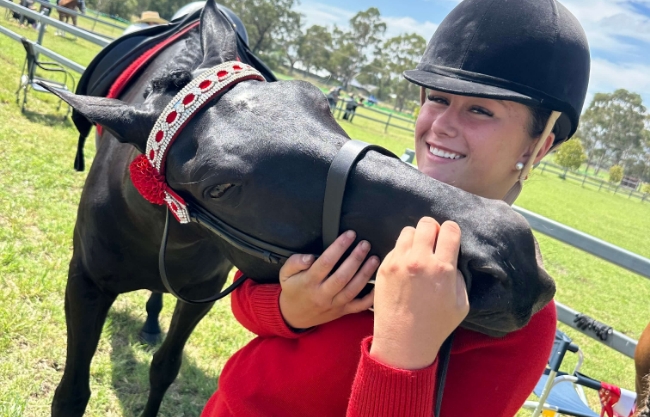At Pony Club Australia, we encourage all members to feed their horses in a way that matches their age, condition, and level of exercise. A recent scientific review highlights just how important that is—especially when it comes to avoiding overfeeding.
The 2023 study Impacts of Adiposity on Exercise Performance in Horses by Shannon Pratt-Phillips and Ahmad Munjizun looked at what happens when horses carry too much fat. Here’s what the research found.
What Is Adiposity?
“Adiposity” means having too much body fat. When horses are overfed—particularly those in light or no work—they can become overweight or obese. The study found that this is common in both companion and performance horses and is a growing welfare concern.
Health Risks of Obesity
Overweight horses are more likely to develop serious health problems, including:
- Equine Metabolic Syndrome
- Insulin dysregulation
- Laminitis
- Arthritis
- Heat stress
- Inflammation and cardiovascular changes
These conditions can cause pain, reduce a horse’s quality of life, and shorten their career or even their lifespan.
Performance and Welfare Impacts
The study also found that excess fat increases the effort required during exercise. This is similar to carrying extra weight or a second rider. The result is more strain on the horse’s joints, tendons, and muscles.
Research has shown that:
- Horses carrying more weight have higher heart rates and body temperatures during work.
- Excess weight reduces gait quality and can lead to movement asymmetries.
- Added weight increases the risk of lameness, laminitis, and arthritis.
Fatness in the Show Ring
The study also raised concerns about trends in judged events, where horses with more body fat may be favoured by judges. This can influence owners and trainers to keep horses overconditioned, even though it increases the risk of health issues.
What’s a Healthy Body Condition Score?
If you’d like to check your horse’s condition, refer to the Pony Club Australia body condition score chart. This is a simple tool to help you assess your horse’s fat coverage using a 0–5 scale.
What’s the ideal score?
- Young, growing horses – Score 3
- Pregnant or lactating mares – Score 4
- Breeding stallions – Score 3–4
- Performance horses – Score 3
- Idle horses – Score 3
Maintaining the right body condition is one of the most effective ways to protect your horse’s long-term health and wellbeing.
Source
Feeding for health means not too much, not too little—just right. If you’re not sure, use the PCA Body Condition Score chart or speak to your instructor or vet for support.










